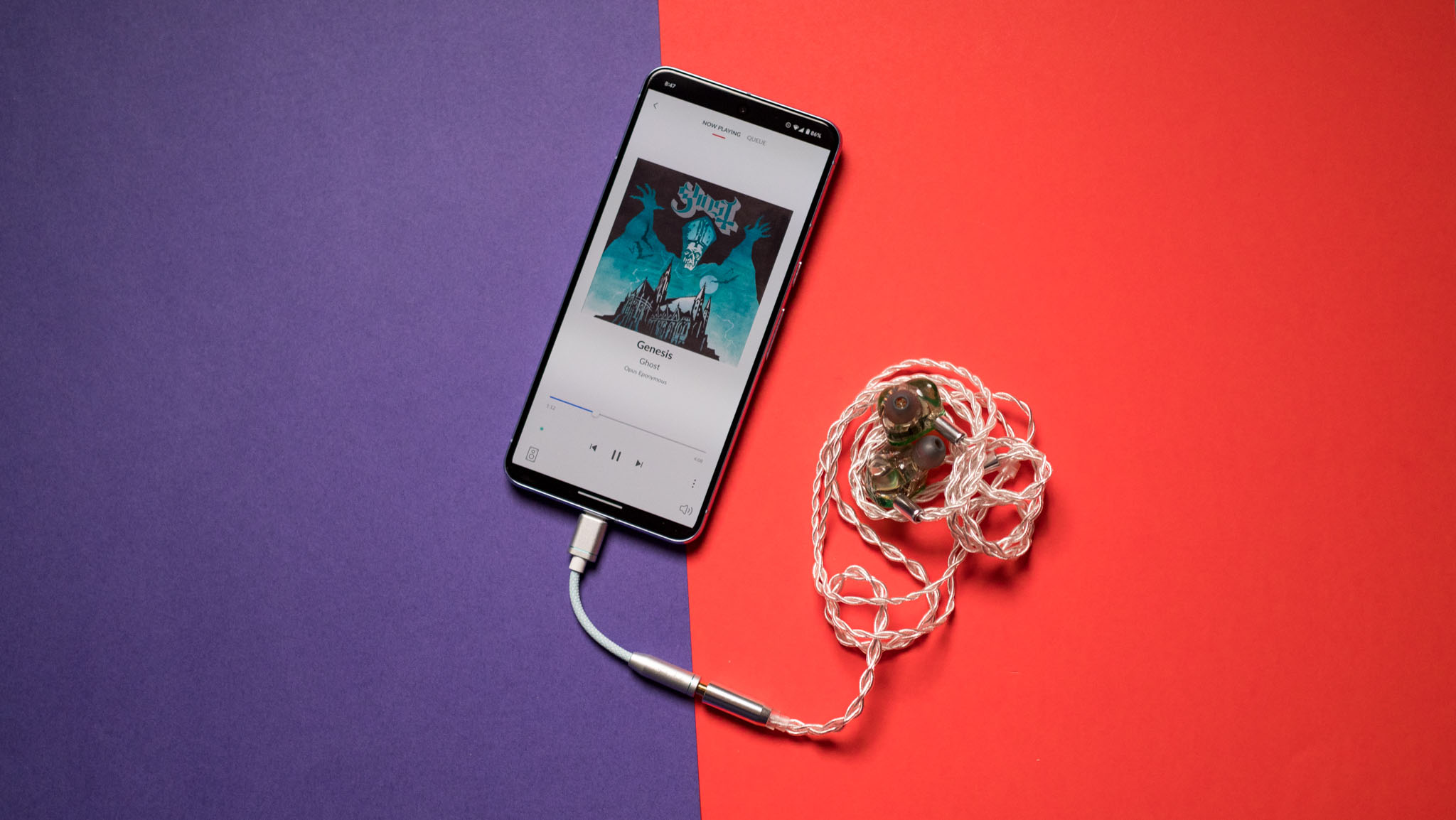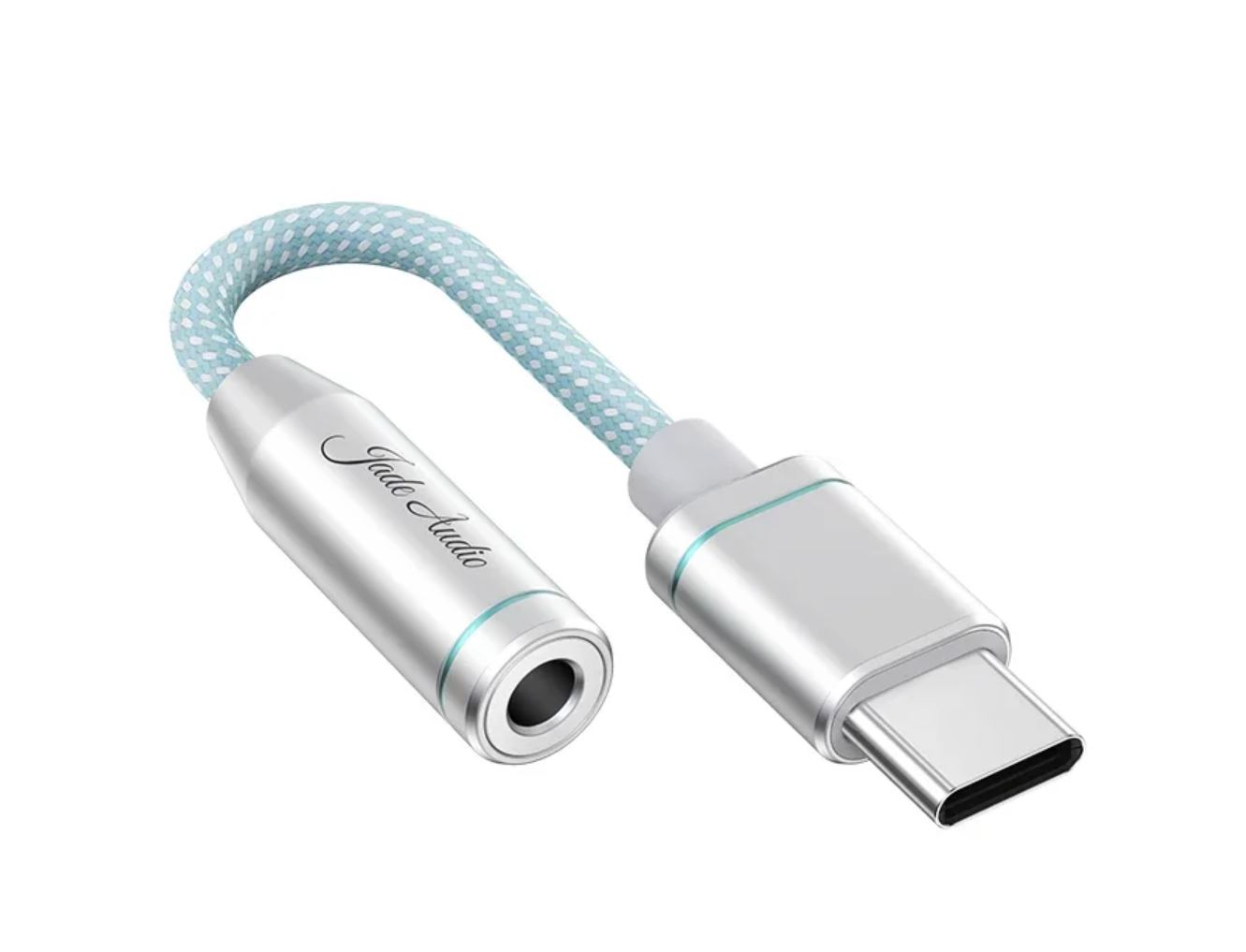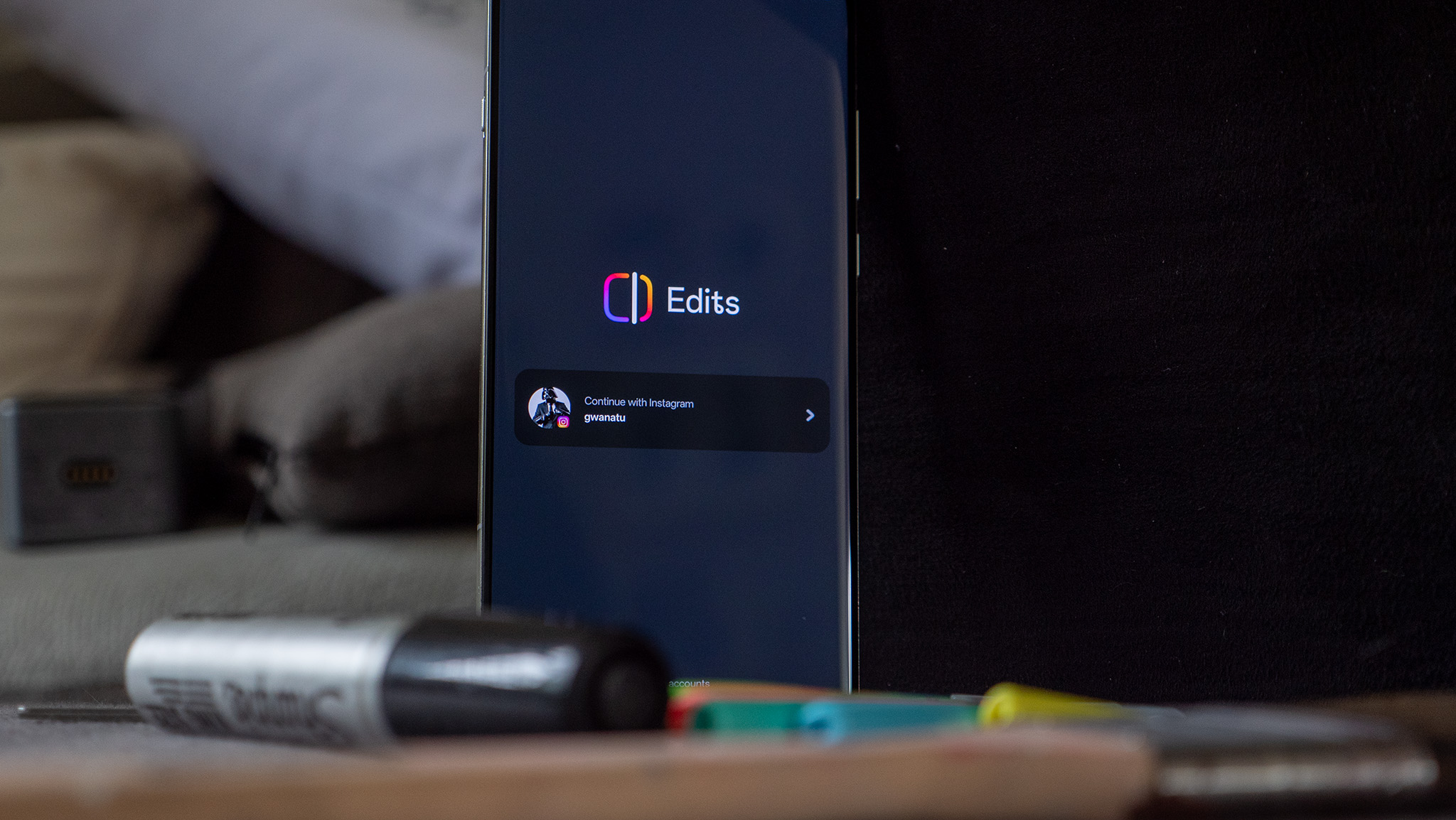Android Central Verdict
The JA11 offers the easiest way to connect a high-quality DAC to your phone. The dongle weighs just 5g, has a metal chassis and a braided cable that's designed to last, and it manages to deliver a neutral sound that's clean. You can connect it to Fiio Control and set up PEQ tuning to alter the sound to your liking, and at just $15, it is an unbeatable value.
Pros
- +
Unbelievable value
- +
Sounds good
- +
32-bit/386kHz and DSD128 decoding
- +
Great build quality
- +
Highly customizable EQ
Cons
- -
Limited power
- -
Stereo channel issue at launch
- -
No Lighting model
Why you can trust Android Central
Fiio makes a lot of DACs these days, and while it is proving itself in the high-end segment with devices like the K19, it is at its best in the entry-level and budget categories. The KA series delivers stellar value in this area, with the likes of the KA3 and KA5 offering plenty of power in a tiny chassis.
The KA11 debuted last year to much fanfare, and at just $29, it became the most affordable DAC in Fiio's extensive catalog — until now. The Chinese brand has now introduced the JA11, and this dongle DAC is available at just $15, or half the cost of the KA11. Obviously, I was keen to take a look at the JA11 and see how it holds up against the KA11 and the KA3.
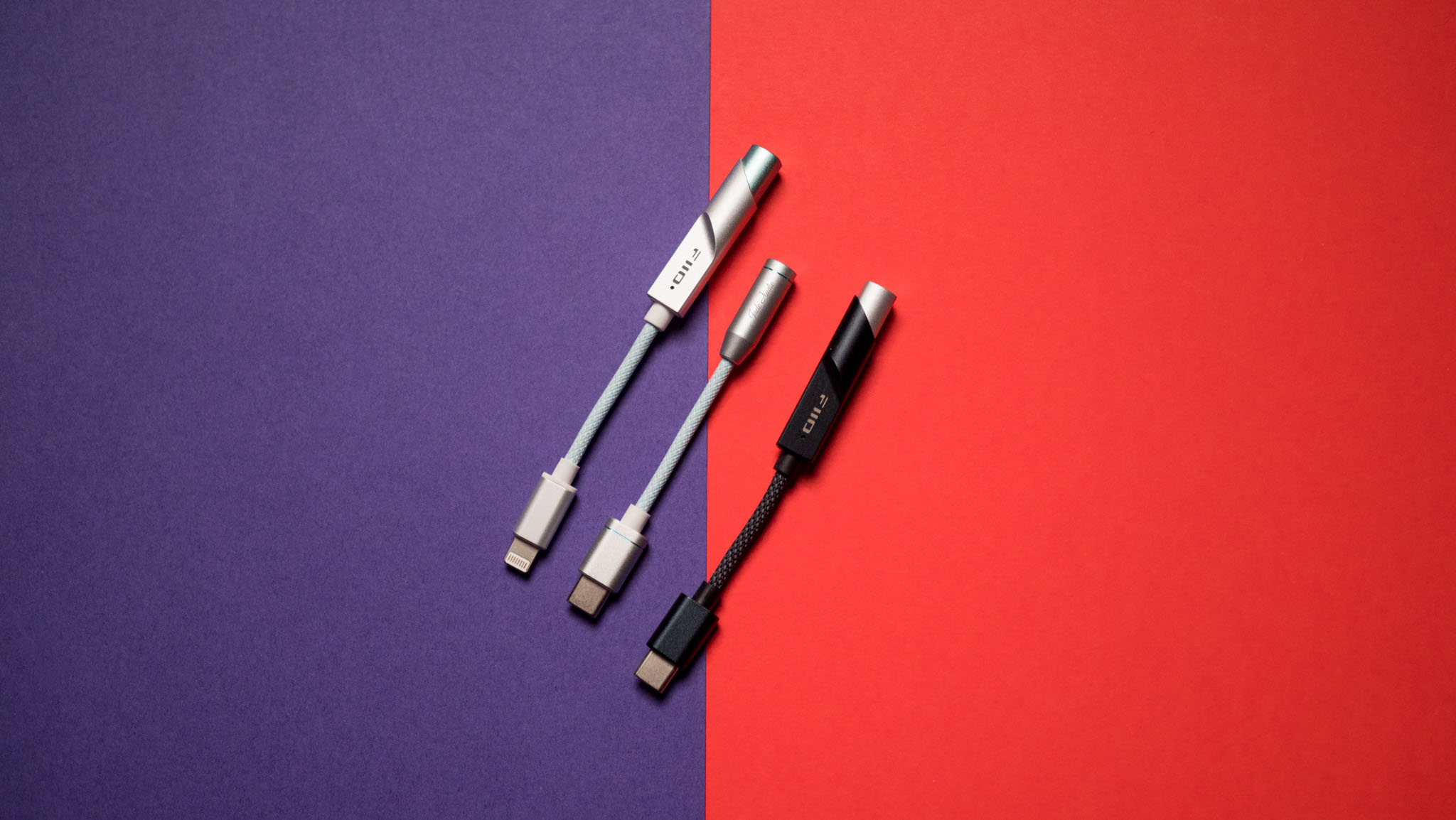
The KA11 by itself is tiny, and the JA11 is roughly half its size; this is basically the same size as a regular 3.5mm to USB-C dongle. The JA11 is also sold under the Jade Audio label, and that's understandable given its entry-level asking price. As such, you don't get any Fiio branding on the product; there's just a Jade Audio logo on the casing of the 3.5mm connector.


The USB-C connector and the DAC housing are made out of aluminum, and they're connected by a braided cable made out of silicone and yarn; the build quality is much better than anything else you'll find in this segment. It's available in white and black versions, and after three weeks of extensive use, I didn't see any issues with my unit.

While the KA11 is available in both USB-C and Lightning models, the JA11 is limited to USB-C, and Fiio doesn't have any plans to launch a Lightning-enabled option anytime soon. That limits its usability with older iPhones, but I tested the USB-C model with my iPhone 15 Pro Max, and it connected seamlessly. It also pairs with Windows and macOS devices in addition to Android, and in this regard, it is extremely versatile — you don't need any drivers.

Fiio usually bundles its products in a distinctive package, but the JA11 comes in a green plastic pouch, and you don't get any accessories along with it — that's understandable given what it costs. At just 5g in weight, the JA11 is small and light enough that you don't feel it; the USB-C cable I use to charge my phone weighs four times as much.
Coming to the sound, the JA11 has 32-bit/384KHz PCM and DSD128 decoding, and it facilitates inline controls and a mic, so if you're connecting earbuds that have this feature, they will work seamlessly. As the dongle DAC uses an integrated DAC chip, it isn't able to deliver quite as much power as its siblings; it goes up to 45mW at 16Ω and 30mW at 32Ω, which is less than a sixth of the 200mW the KA11 produces at 32Ω.
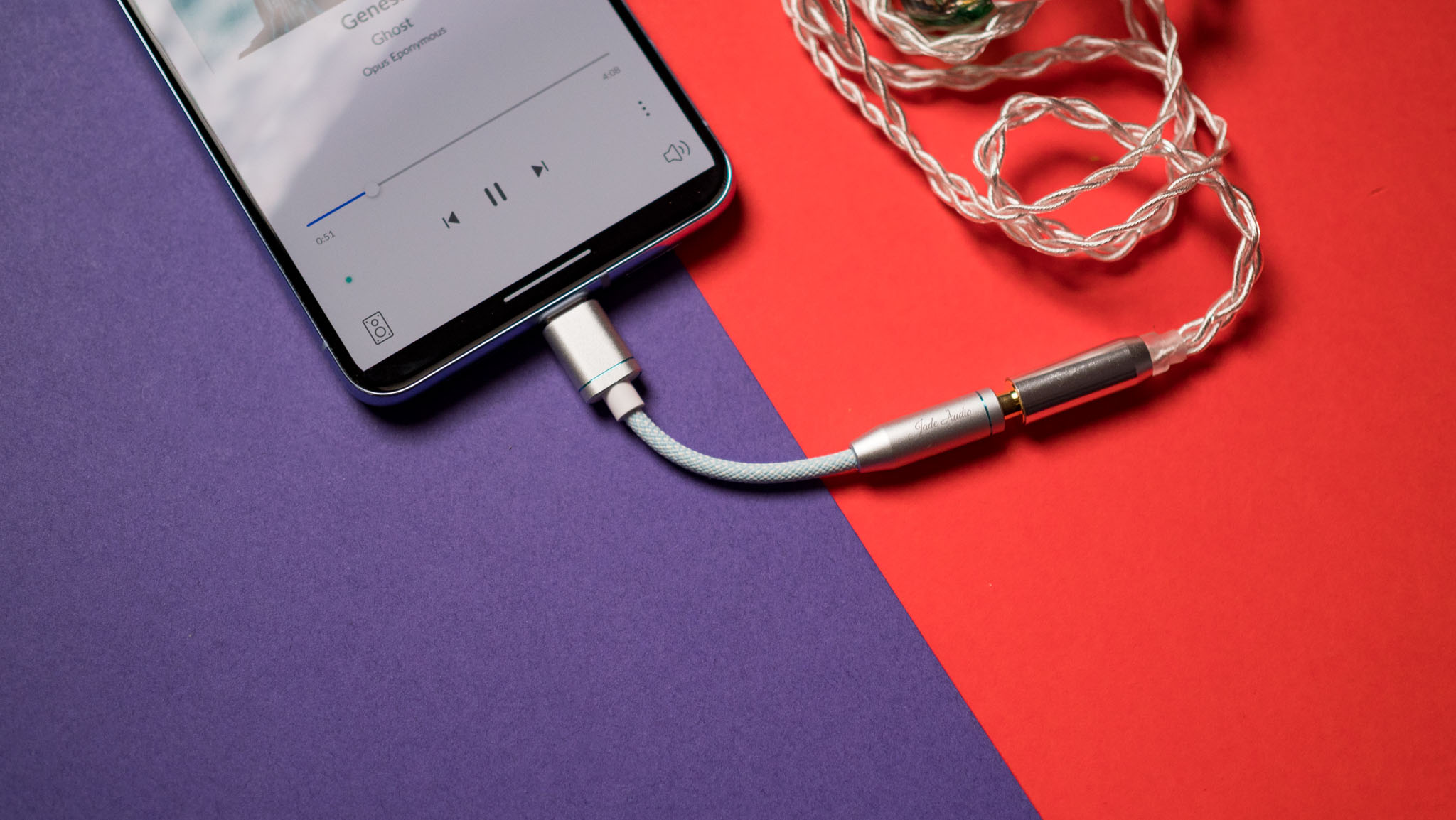
That said, I didn't have any issues pairing the DAC with most IEMs; I tested it with the Sennheiser IE200, Fiio's FA7S and the all-new FD15, and 7Hz Legato, and it did an admirable job providing adequate power. If you're using a demanding headset, you should get the KA11 instead, but if you just need a dongle DAC to use with IEMs, the JA11 holds up astonishingly well.
The one issue I had with the JA11 was that it needed an update out of the box; the DAC has stereo balance issues, and Fiio released the 1.7 build to address this. So before you start using the DAC, you'll need to connect it to Windows and use the provided tool to install the build.

The biggest highlight of the JA11 is that it has PEQ tuning; Fiio is all about this feature in 2024 after introducing it on the K19, and it works astonishingly well. You pair the DAC to Fiio Control on Android, and you get extensive access to tweak the sound profile to your liking. There are presets available, and you can set up your own and share profiles with other users.
Just like other Fiio dongle DACs, the JA11 has a neutral sound without much in the way of exaggeration, but the ability to adjust the EQ curve allows you to dynamically change the sound to your liking. In this regard, the JA11 has a distinct edge over the rest of the brand's portable products, and that is a big deal.
All things considered, the JA11 has the potential to a best-seller; coming in at just $15, it becomes an impulse buy, and Fiio included a ton of features with the DAC. It has standout build quality, an easily customizable sound, and drives most IEMs with ease. If you just need a dongle DAC to use on the go, the JA11 is just about the best entry-level choice.

Harish Jonnalagadda is Android Central's Senior Editor overseeing mobile coverage. In his current role, he leads the site's coverage of Chinese phone brands, networking products, and AV gear. He has been testing phones for over a decade, and has extensive experience in mobile hardware and the global semiconductor industry. Contact him on Twitter at @chunkynerd.
You must confirm your public display name before commenting
Please logout and then login again, you will then be prompted to enter your display name.
